Music
Trailers
DailyVideos
India
Pakistan
Afghanistan
Bangladesh
Srilanka
Nepal
Thailand
StockMarket
Business
Technology
Startup
Trending Videos
Coupons
Football
Search
Download App in Playstore
Download App
Best Collections
Technology
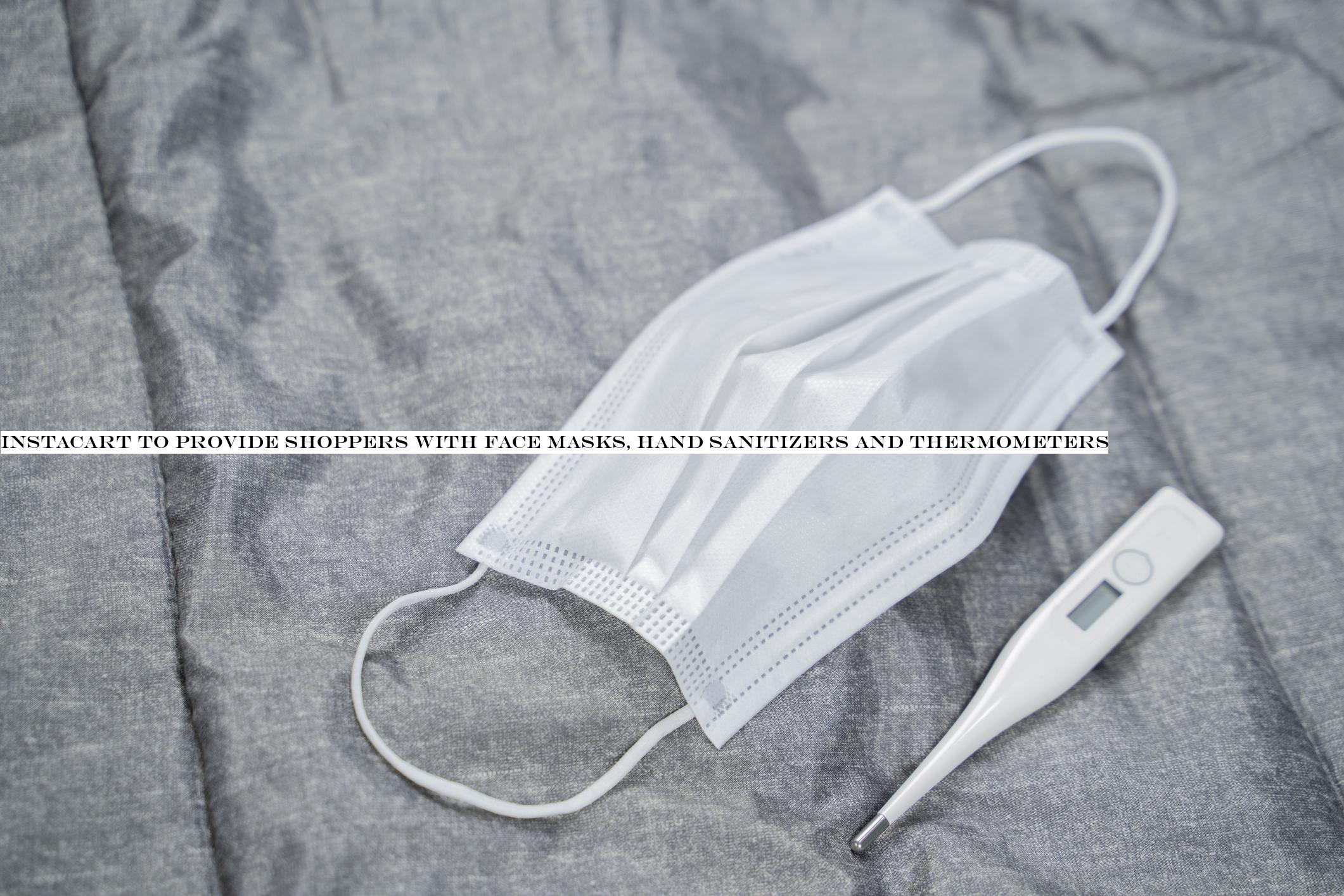
Instacart will start providing health and safety kits to its full-service shoppers. These kits will include a face mask, hand sanitizer and a thermometer, the company announced today.
The kits will be available for free to shoppers starting next week. Shoppers, according to Instacart, will be able to request a kit by registering with their Instacart shopper email address. In order to keep up with demand, Instacart will update its inventory daily. For in-store shoppers, Instacart will bring the face masks to shoppers at their respective retail locations.
&Our teams have been working around the clock over the last few weeks to proactively secure personal protective equipment like hand sanitizer and face masks, without taking away valuable resources from healthcare workers given inventory delays and global supply scarcity,& Instacart President Nilam Ganenthiran said in a statement. &We want to provide customers with an essential service they can rely on to get their groceries and household goods, while also offering safe and flexible earnings opportunities to Instacart personal shoppers. As COVID-19 evolves, todayhealth and safety solutions will be tomorrowtable stakes, and our teams are working quickly to introduce new services and features to ensure our shopper community is supported as this situation unfolds.&
This announcement comes amid worker strikes led by the folks over at Gig Workers Collective. Last Friday, a group of Instacart shoppers announced plans to strike and not return to work until the company meets its demands. Those demands were for Instacart to provide personal protective equipment at no cost to workers and hazard pay of $5 extra per order, change the default tip to 10%, extend the sick pay policy to those who have a doctornote for a pre-existing condition that may make them more susceptible to contracting the virus and extend the deadline to qualify for those benefits beyond April 8th.
Instacart has since extended that deadline and changed the default tip to a customerlast tip, but shoppers say thatnot enough. In a Medium post, workers called Instacartresponse &insulting& and &a sick joke.
&Itabhorrent that it took this long for them to act, but on the bright side, it shows that a strike will work to change their behavior,&the group wrote in a Medium post.
Instacart still has yet to provide hazard pay to workers and provide pay to those who may be at risk for contracting COVID-19. Instacart is not the only company stepping up its safety protocols amid worker unrest. Earlier today, Amazon said it would start providing surgical masks for its warehouse workers and employees at Whole Foods.
- Details
- Category: Technology Today
Read more: Instacart to provide shoppers with face masks, hand sanitizers and thermometers
Write comment (98 Comments)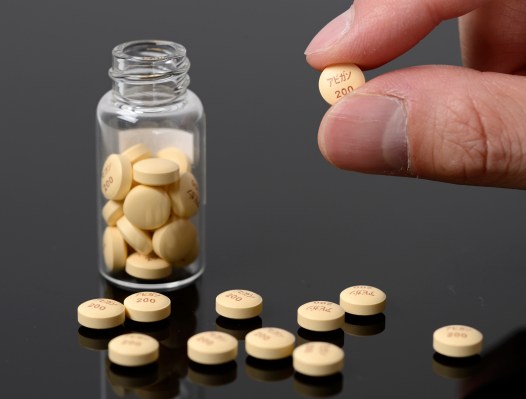
Machine learning experts working at Google Health have published a new study in tandem with the University of California San Francisco(UCSF) computational health sciences department that describes a machine learning model the researchers built that can anticipate normal physician drug prescribing patterns, using a patientelectronic health records (EHR) as input. Thatuseful because around 2% of patients who end up hospitalized are affected by preventable mistakes in medication prescriptions, some instances of which can even lead to death.
The researchers describe the system as working in a similar manner to automated, machine learning-based fraud detection tools that are commonly used by credit card companies to alert customers of possible fraudulent transactions: They essentially build a baseline of whatnormal consumer behavior based on past transactions, and then alert your bankfraud department or freeze access when they detect a behavior that is not in line with an individualbaseline behavior.
Similarly, the model trained by Google and UCSF worked by identifying any prescriptions that &looked abnormal for the patient and their current situation.& Thata much more challenging proposition in the case of prescription drugs versus consumer activity — because courses of medication, their interactions with one another and the specific needs, sensitivities and conditions of any given patient all present an incredibly complex web to untangle.
To make it possible, the researchers used electronic health records from de-identified patients that include vital signs, lab results, prior medications and medical procedures, as well as diagnoses and changes over time. They paired this historical data with current state information, and came up with various models to attempt to output an accurate prediction of a course of prescription for a given patient.
Their best-performing model was accurate &three quarters of the time,& Google says, which means that it matched up with what a physician actually decided to prescribe in a large majority of cases. It was also even more accurate (93%) in terms of predicting at least one medication that would fall within a top 10 list of a physicianmost likely medicine choices for a patient — even if its top choice didn&t match the doctor&s.
The researchers are quick to note that though the model thus far has been fairly accurate in predicting a normal course of prescription, that doesn&t mean itable to successfully detect deviations from that with any high degree of accuracy. Still, ita good first step upon which to build that kind of flagging system.
- Details
- Category: Technology Today
Computer vision techniques used for commercial purposes are turning out to be valuable tools for monitoring peoplebehavior during the present pandemic. Zensors, a startup that uses machine learning to track things like restaurant occupancy, lines and so on, is making its platform available for free to airports and other places desperate to take systematic measures against infection.
The company, founded two years ago but covered by TechCrunch in 2016, was among the early adopters of computer vision as a means to extract value from things like security camera feeds. It may seem obvious now that cameras covering a restaurant can and should count open tables and track that data over time, but a few years ago it wasn&t so easy to come up with or accomplish that.
Since then Zensors has built a suite of tools tailored to specific businesses and spaces, like airports, offices and retail environments. They can count open and occupied seats, spot trash, estimate lines and all that kind of thing. Coincidentally, this is exactly the kind of data that managers of these spaces are now very interested in watching closely given the present social distancing measures.
Zensors co-founder Anuraag Jain told Carnegie Mellon University — which the company was spun out of — that it had received a number of inquiries from the likes of airports regarding applying the technology to public health considerations.
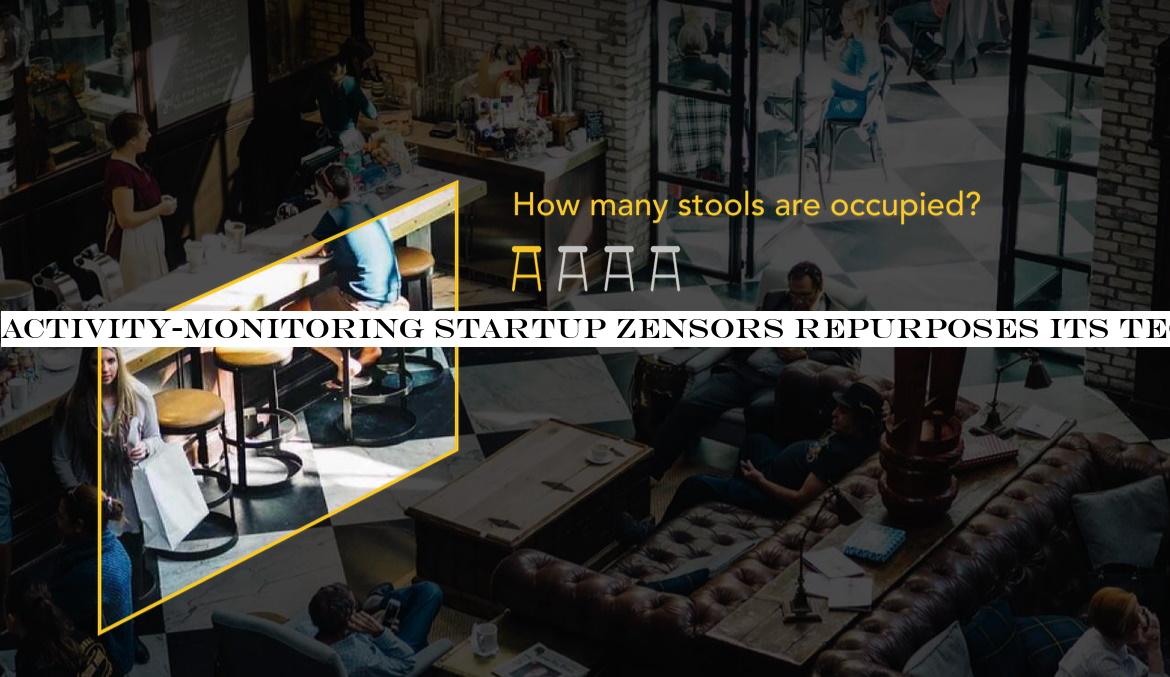
Software that counts how many people are in line can be easily adapted to, for example, estimate how close people are standing and send an alert if too many people are congregating or passing through a small space.
&Rather than profiting off them, we thought we would give our help for free,& said Jain. And so, for the next two months at least, Zensors is providing its platform for free to &selected entities who are on the forefront of responding to this crisis, including our airport clients.&
The system has already been augmented to answer COVID-19-specific questions, like whether there are too many people in a given area, when a surface was last cleaned and whether cleaning should be expedited, and how many of a given group are wearing face masks.
Airports surely track some of this information already, but perhaps in a much less structured way. Using a system like this could be helpful for maintaining cleanliness and reducing risk, and no doubt Zensors hopes that having had a taste via what amounts to a free trial, some of these users will become paying clients. Interested parties should get in touch with Zensors via its usual contact page.
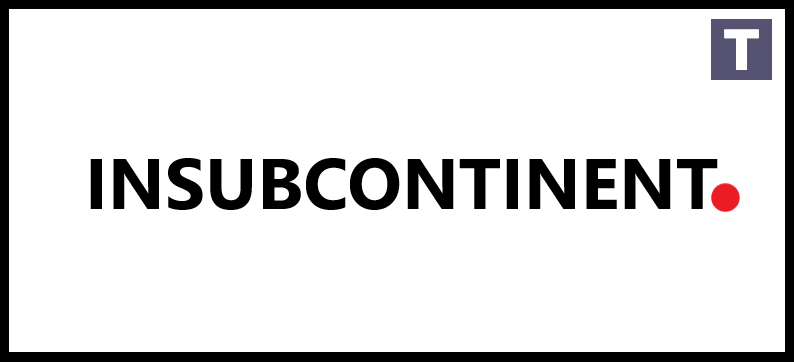
- Details
- Category: Technology Today
Read more: Activity-monitoring startup Zensors repurposes its tech to help coronavirus response
Write comment (100 Comments)Disney+ has arrived in the land of Bollywood. The company on Friday (local time) rolled out its eponymous streaming service in India through Hotstar, a popular on-demand video streamer it picked up as part of the Fox deal.
To court users in India, the largest open entertainment market in Asia, Disney is charging users 1,499 Indian rupees (about $19.5) for a year, the most affordable plan in any of the more than a dozen markets where Disney+ is currently available.
Subscribers of the revamped streaming service, now called Disney+ Hotstar, will get access to Disney Originals in English as well as several local languages, live sporting events, dozens of TV channels, and thousands of movies and shows, including some sourced from HBO, Showtime, ABC and Fox that maintain syndication partnerships with the Indian streaming service. It also maintains partnership with Hooq — at least for now.
Unlike Disney+offering in the U.S. and other markets, in India, the service does not support 4K and streams content at nearly a tenth of their bitrate.
Disney+ Hotstar is also offering a cheaper yearly premium tier, priced at Rs 399 (about $5.3), that will offer subscribers access to movies, shows (but not those sourced from aforementioned U.S. networks and studios) and live sporting events; it won&t include Disney Originals.
Access to streaming of sporting events, especially of cricket matches, has helped five-year-old Hotstar become the most popular on-demand video streaming in India. During the cricket tournament Indian Premier League (IPL) last year, the service amassed more than 300 million monthly active users and more than 100 million daily active users.
It also holds the global record for most simultaneous views on a live stream, about 25 million — more than thrice its nearest competitor.
Prior to todaylaunch, Hotstar offered its premium plans at 999 Indian rupees, and 365 Indian rupees. Existing subscribers won&t be affected by the price revision for the duration of their current subscription.
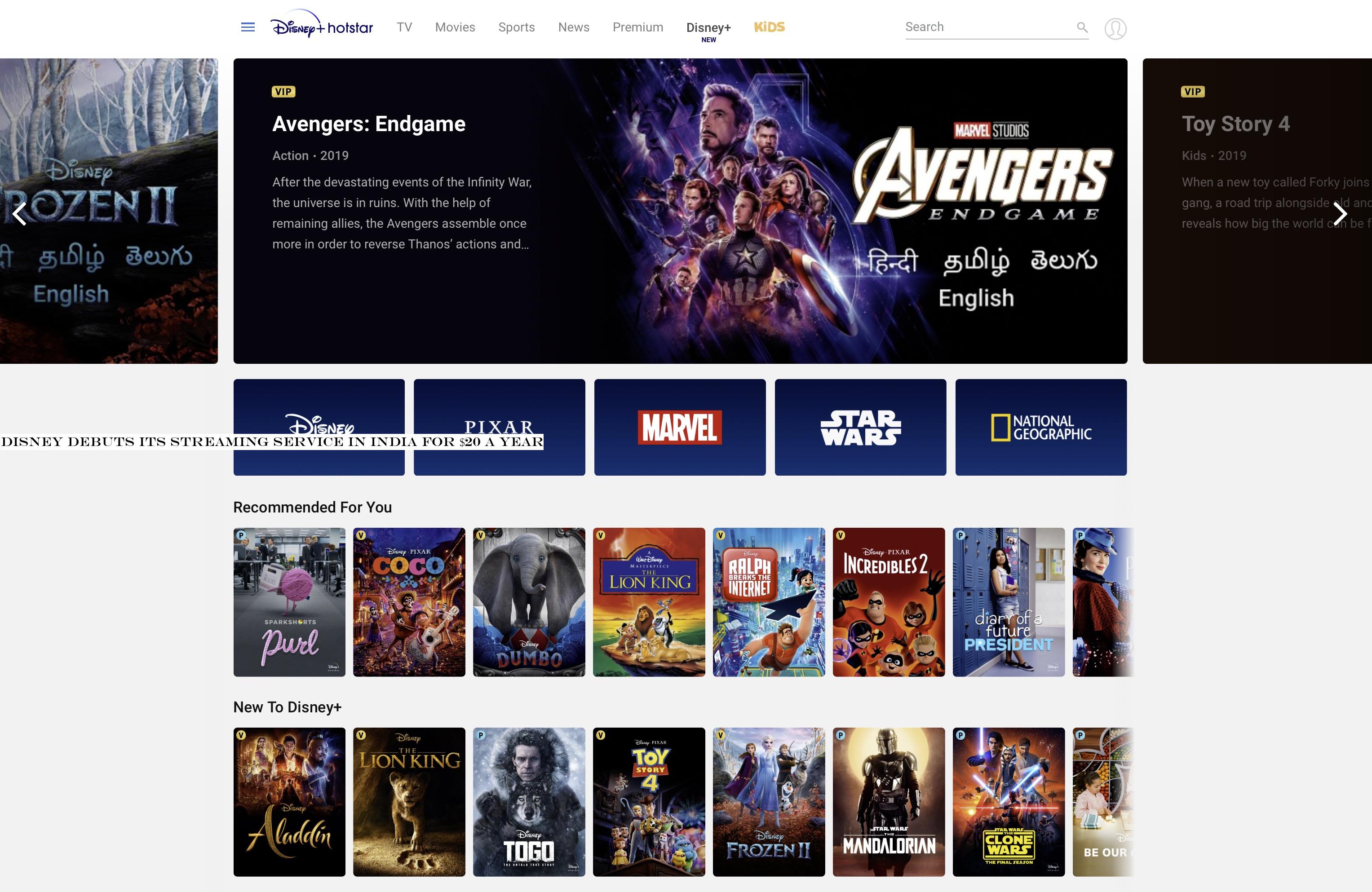
The service, run by Indian conglomerate Star India, offers access to about 80% of its catalog at no cost to users. The company monetizes these viewers through ads.
But in recent years, the company has begun to explore ways to turn its users into subscribers. Two years ago, Hotstar stopped offering cricket match streaming to non-paying users.
People familiar with the matter told TechCrunch that Hotstar has about 1.5 million paying subscribers, lower than what most industry firms estimate. But that figure is still higher than most of its competitors.
And there are many.
Indiaon-demand video market
Disney+ will compete with more than three dozen international and local players in India, including Netflix, Amazon Prime Video, Times InternetMX Player (which has over 175 million monthly active users), Zee5, Apple TV+ and Alt Balaji, which has amassed over 27 million subscribers.
&The arrival of Disney+ in India is another case study in the globalization of entertainment in the digital era. For decades, the biggest companies in the world have expanded their reach into different markets. But itnew, and actually quite profound, that everyone on earth receives the very same version of such a specific cultural product,& Matthew Ball, former head of strategic planning for Amazon Studios, told TechCrunch.
As in some other markets, including the U.S., streaming services have inked deals with telecom networks, TV vendors, cable TV operators and satellite TV players to extend their reach in India.
Most of these streaming services monetize their viewers by selling ads, and those who do charge have kept their premium plans below $3.
Why that figure? Thatthe number most industry executives think — by spending years in the Indian market — that people in the country are willing to pay for viewing content. The average of how much an individual pays for cable TV, for instance, in India is also about $3.
&I think everyone is still trying to sort out the right pricing. Ittrue the average Indian consumer is used to far lower prices and can&t afford more. However, we need to focus on the consumers likely to buy this, who have the requisite broadband access and income, etc,& said Ball.
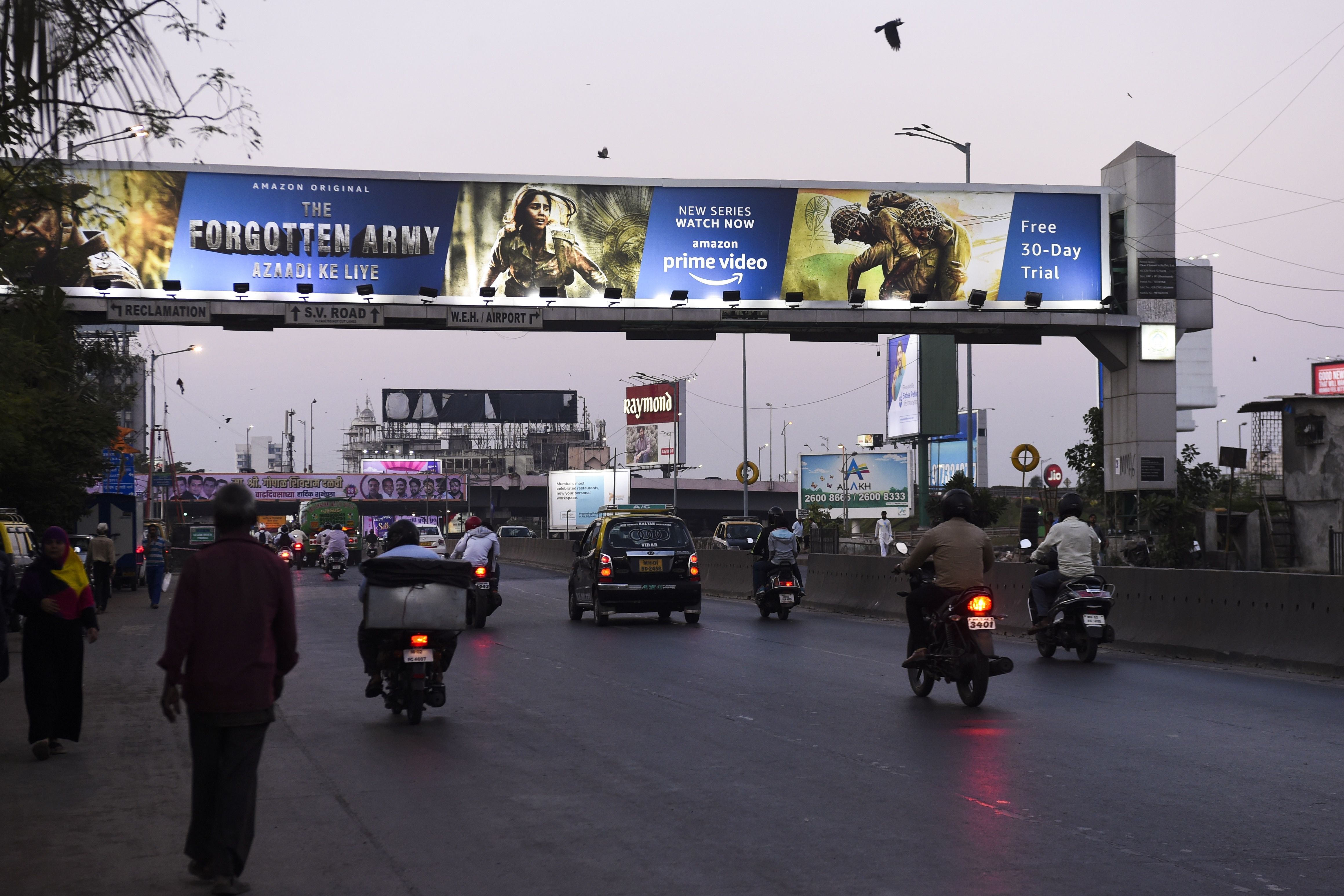
Commuters drive along a road past a billboard in Mumbai advertising the Amazon Prime Video online series &The Forgotten Army&. (Photo by INDRANIL MUKHERJEE / AFP via Getty Images)
At stake is Indiabooming on-demand video streaming market that, according to Boston Consulting Group, is estimated to grow to $5 billion from half a billion two years ago.
Hotstarhold on India could make it easier for Disney+, which has launched in more than a dozen markets and has amassed over 28 million subscribers.
As the country spends about two more weeks in lockdown that New Delhi ordered last month to curtail the spread of coronavirus, this could also compel many to give Disney+ a try.
On the flip side, if the lockdown is extended, the current season of IPL, which has been postponed until mid-April, might be further delayed or cancelled altogether. Either of those scenarios could hurt the reach of Hotstar, which sees a massive drop in its user base after the conclusion of each cricket tournament.
Disney initially planned to launch its streaming service in India on March 28, the day IPL was supposed to commence. But the company later postponed the launch by six days.
Industry executives told TechCrunch that if IPL is cancelled, it could severely hurt the financials of Hotstar, which clocks more than 50% of its revenue during the 50-odd days of the cricket season.
Some said Disney+premier catalog might not be relevant for most of Hotstaruser base, who seem to care about this streaming service only during the cricket season or to catch up on Indian soap operas.
Hotstar has also received criticism for censoring more content on its platform than any other streaming service in India. Last month, Hotstar blocked from streaming on its platform an episode of &Last Week Tonight with John Oliver& that was critical of Indian Prime Minister Narendra Modi. YouTube made that segment available without any edits.
John Oliver slammed Hotstar for censoring the episode and noted that the streaming service had additionally edited out parts from his older episodes where he made fun of Disney. In 2017, Hotstar also edited out a segment from Olivershow in which he mocked Samsung for the Galaxy Note 7 fiasco. Hotstar and Samsung had a commercial partnership.
Hotstar did not respond to multiple requests for comment in 2017. Hotstar did not respond to multiple requests for comment on the recent controversy.
- Details
- Category: Technology Today
Read more: Disney debuts its streaming service in India for $20 a year
Write comment (95 Comments)Whoops! Apple inadvertently revealed the existence of an unreleased product, AirTags, in a support video uploaded to its YouTube account today. The video, &How to erase your iPhone,& offers a tutorial about resetting an iPhone to factory settings. Around the 1:43 mark, it instructs users to turn off &Find my iPhone& as part of the process. On the Settings page that then appears, another option for &Enable Offline Finding& is shown, and beneath that, the text references AirTags by name.
Specifically, it says: &Offline finding enables this device and AirTags to be found when not connected to Wi-Fi or cellular.&

The discovery was first spotted by the eagle-eyed blog Appleosophy.
Apple has since pulled the video. (A copy of the video is embedded below.)
AirTags, essentially AppleTile competitor, were already known to be in the works. Based on details and assets found in AppleiOS code, AirTags are believed to be small tracking tiles with Bluetooth connectivity that can be used to find lost items — just like Tile.
The difference is that AppleAirTags will benefit from deeper integration with iOS, including within its &Find My& app. There, the tags will show up in a new &Items& tab allowing you to keep track of items that tend to get lost or stolen — like your keys, wallet or even your bike.
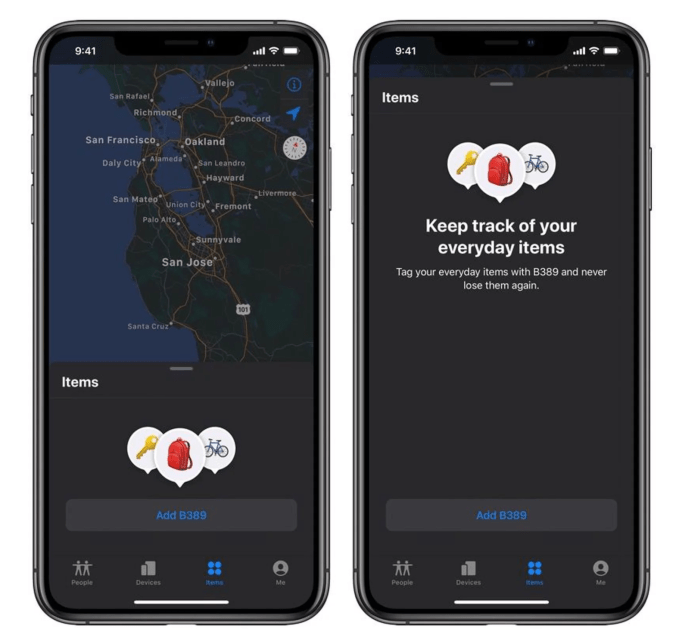
According to reports from MacRumors, the tags will feature a removable CR2032 coin cell battery, also similar to Tile.
Appleintention to copy Tileconcept has not gone unnoticed by Tile.
The company on Wednesday told a congressional panel that Appleanticompetitive behavior has &gotten worse, not better.&
During the hearing, Tile referenced Appleplans to integrate its own product into the &Find My& app. Tile and other Bluetooth trackers won&t be able to do the same. They also have to ask for background location access repeatedly, while AppleAirTags, presumably, will not. That gives Appleown product an advantage as it owns the platform.
Apple has been asked for comment.
Image credits: Apple, via YouTube; MacRumors
- Details
- Category: Technology Today
Read more: Apple mistakenly validates the presence of an unreleased item, AirTags
Write comment (98 Comments)Apple has made a donation to a new fundraising campaign, AmericaFood Fund, along with Laurene Powell Jobs, Leonardo DiCaprio and the Ford Foundation. Together, they&ve contributed $12 million toward the $15 million goal for the new initiative being hosted on fundraising platform GoFundMe. The proceeds will go to benefit World Central Kitchen and Feeding America.
The former was founded in 2020 by Chef José Andrés to provide meals to the hungry in the wake of man-made and natural disasters worldwide. Since its debut, World Central Kitchen has served more than 15 million meals across 19 disasters, including Hurricane Dorian in the Bahamas and Hurricane Maria. It also served 3.7 million meals in 2017-2018 in Puerto Rico.
The organization began its COVID-19 relief efforts by deploying food to cruise ship passengers under quarantine. Itnow working to feed vulnerable communities and front-line medical professionals through mobile distributions and restaurant partners.
Chef José Andrés and World Central Kitchen CEO Claire Babineaux-Fontenot also sat down with Oprah Winfrey on her new Apple TV+ show &Oprah Talks COVID-19& to discuss their efforts.

Feeding America, meanwhile, is the U.S.largest hunger-relief organization, serving more than 40 million Americans through a network of 200 food banks and 60,000 food pantries and meal programs with a presence across the U.S. Its COVID-19 relief efforts involve its Response Fund, launched to help member food banks secure the resources they need to continue operations.
The choice to essentially run a GoFundMe campaign for AmericaFood Fund is unusual. Frankly, the optics aren&t great here.
Most of the philanthropic efforts from corporations or high-net-worth individuals so far during the COVID-19 outbreak have involved direct donations to nonprofits, food banks and other relief efforts. If $15 million is whatneeded now, then the donors involved here should just have given the $15 million. But instead, they&ve donated $12 million and presented this campaign in the hopes that &us regular folks& will pitch in the rest.
&If you are in a position to contribute and you have the means to take action, we hope you will donate today. No dollar amount is too small,& the GoFundMe campaign reads.
Thatasking people who are far more impacted by the coronavirus crisis than Jobs or DiCaprio to step up at a time when job security is questionable, food prices are going up and the threat of losing work due to infection is also a serious concern. It is wonderful that people are willing to do this, but theresomething just odd about billionaires and millionaires acting like we&re all in this together. They have their yachts, after all. Everyone else is just trying to survive.
The campaign is also losing a percentage of donations to fees. (GoFundMe will charge 2.9% and a $0.30 per donation transaction fee.) An in-cash donation directly to the organizations in need would be preferable. Even a campaign where you can donate online directly to the selected organization would be an improvement.
On World Central Kitchensite, for example, therea checkbox where you can opt to cover the fees with your donation. On Feeding Americasite, you have the option to commit to a monthly donation and also are told explicitly how much your cash donation will provide, in terms of meals.
To date, several high-net-worth individuals have donated to various relief efforts during the COVID-19 outbreak on their own. Winfrey, for instance, gave $10 million to coronavirus relief efforts, with $1 million of that toward this new AmericaFood Fund campaign. Jeff Bezos today announced a direct donation of $100 million to Feeding America. Michael Bloomberg is committing $40 million to fight the spread of the virus in low and middle-income countries. Dolly Parton donated $1 million to coronavirus research. Actors Ryan Reynolds and Blake Livelysaid they were donating $1 million to food banks.
And through their respective foundations, Bill gates contributed $100 million; Jack Ma pledged $14 million; Ralph Lauren donated $10 million; and Mark Zuckerberg and Priscilla Chan donated $30 million to various COVID-19 efforts.
If you want to donate to a local food bank feeding the hungry — or volunteer — in your own neighborhood, you can do so from Feeding Americawebsite here. From its search results, you&ll get the web addresses for the food banks in your city. And from their own websites, you can find out how to give directly.

- Details
- Category: Technology Today
Page 1057 of 1419

 9
9





